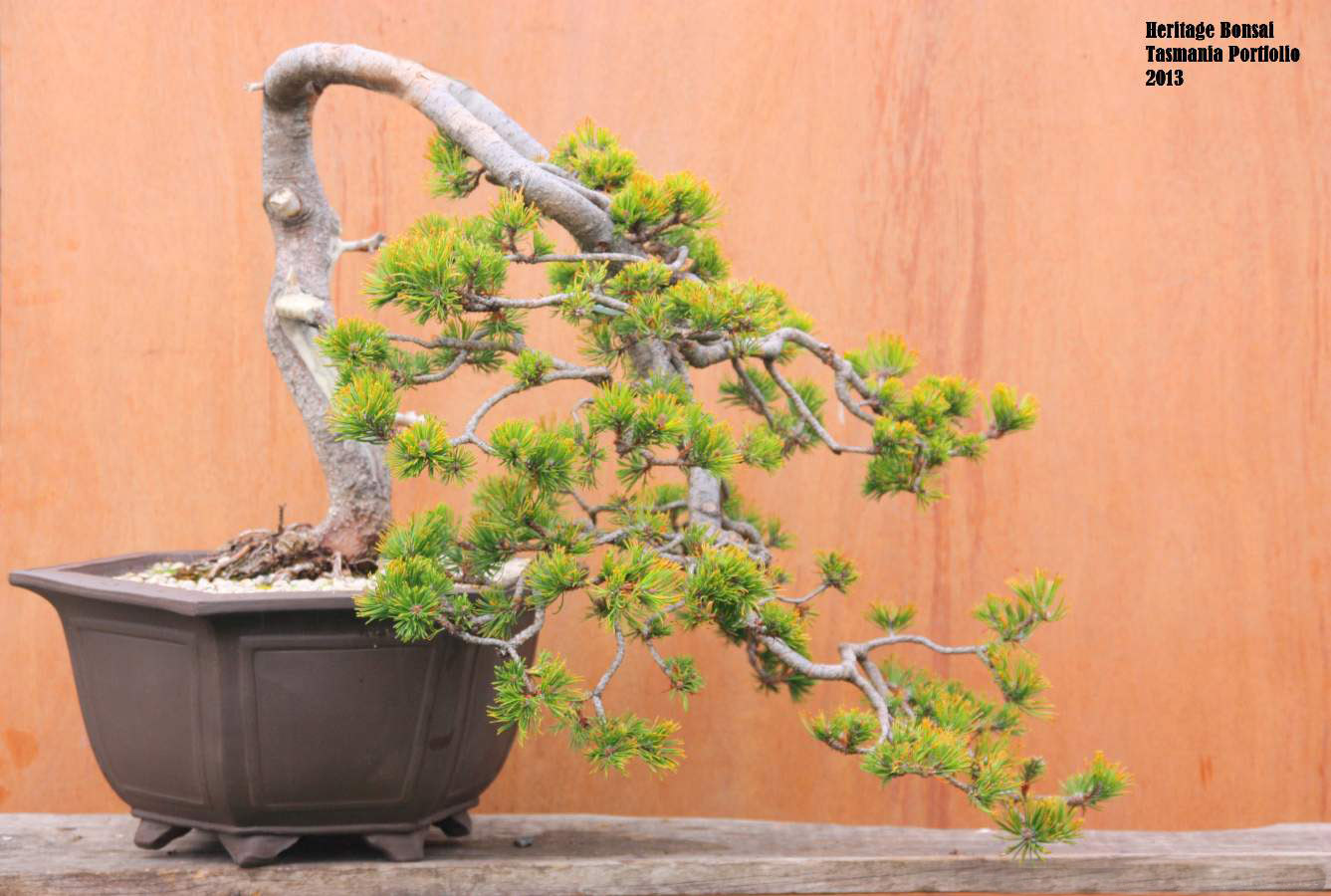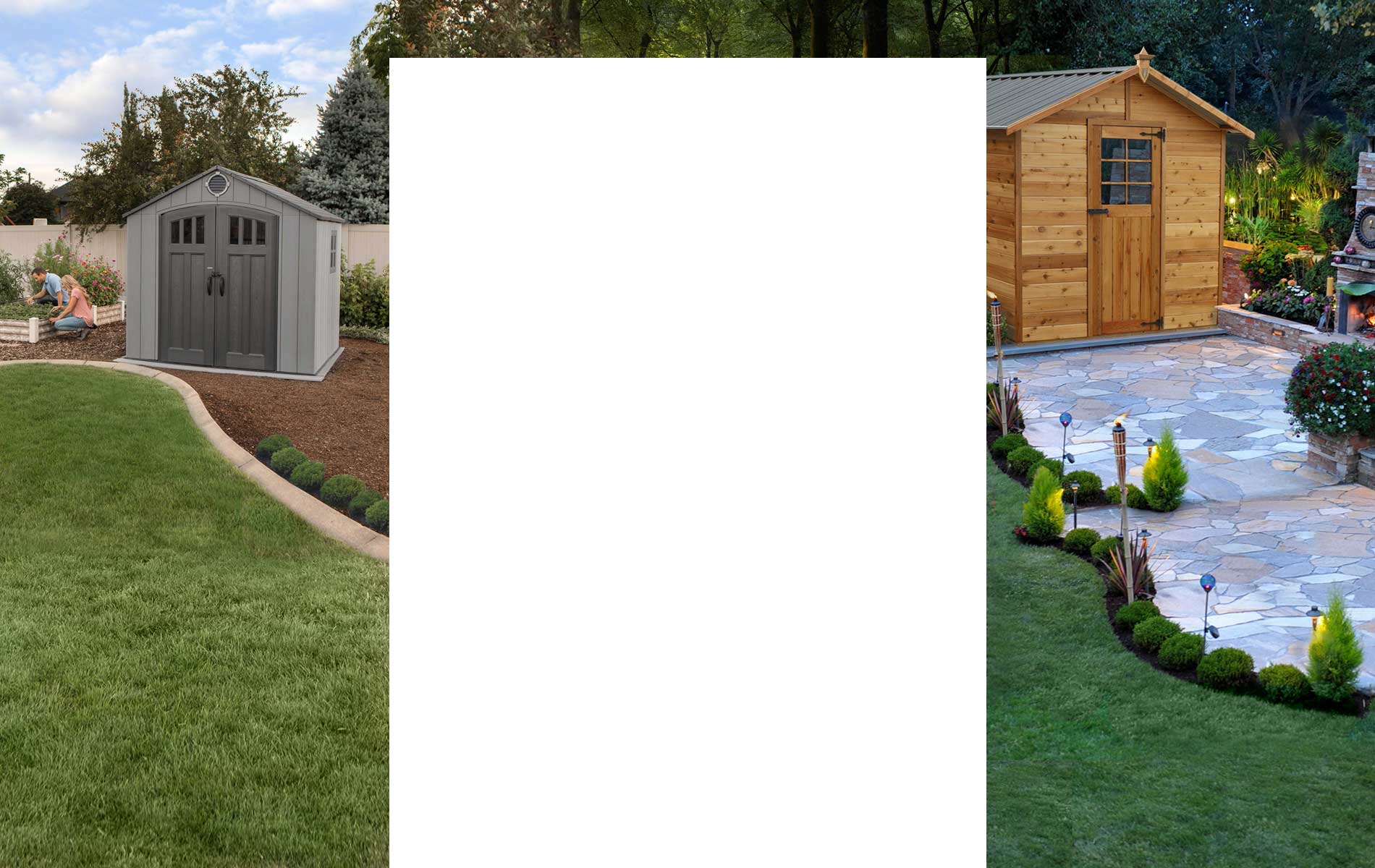Bonsai for balcony gardens – an overview of bonsai styles
This week’s article about bonsai as a feature in balcony gardens focusses on the recognised styles of bonsai trees. Bonsai is a highly developed art form, and over the centuries practitioners have found it convenient to classify bonsai into broad divisions based on their appearance. Remember that the object of bonsai is to create a picture using real living trees; just as a landscape painter tries to capture a panorama on a small area of canvas, so a bonsai artist is attempting to produce a miniature which replicates a fully grown tree. Bonsai styles offer a structured framework which assists in this.
BONSAI – AN INTRODUCTION – PART 3
There are five basic styles:
- Formal upright (Chokkan) – must have a straight trunk and can be the hardest style to get correct because of its strict prerequisites.
- Informal upright (Moyogi) – the most popular and easiest style to develop; requiring the tree to move any way as long as it reaches upright.
- Slanting style (Shakkan) – as it sounds, the tree slants across the pot on a lean
- Semi cascade (Han-Kengai)- this style requires the apex of the tree to lean below the rim of the pot but no further than the bottom of the pot.
- Full cascade style (Kengai)- the tree must lean over the pot and down past the base of the pot.

Han-Kengai (Semi Cascade) Style
Other styles which are recognised include:
- Twin or triple tree plantings (Soju) – basically multiple trees planted together in a natural setting
- Forest planting (Yose-ue) – when creating a forest bonsai, the number of trees used should be in odd numbers, starting at 5, 7, 9, 11, etc. If looking down on a pot there should not be vertical or horizontal lines of trees, diagonal is an exception, thus when viewing a forest, no tree is in front of another.
- Root over rock (Seki- joju) – a tree is planted over a desired rock at a young age and over time the roots become attached to the rock and when planted into a bonsai pot, the roots and rock are then revealed.
- Exposed roots (Neagari) – as it sounds, a tree has its roots exposed over a period of time; this represents a tree growing on a river bank that frequently endures the hardship of floods.
There are other variant styles of bonsai which may incorporate two different styles in one but those described above are the source styles. The subject of bonsai styling fills whole books – this article is just a very brief overview.
Chris Xepapas
Heritage Bonsai Tasmania


